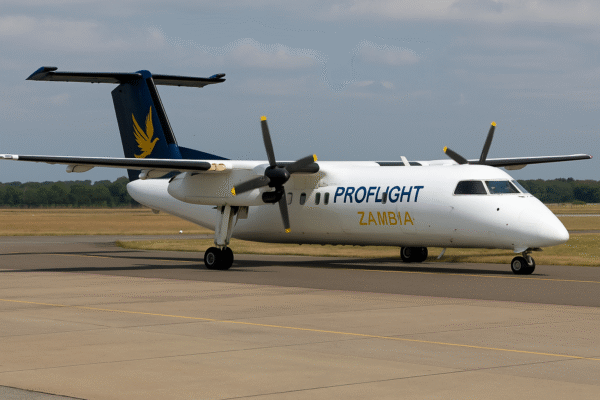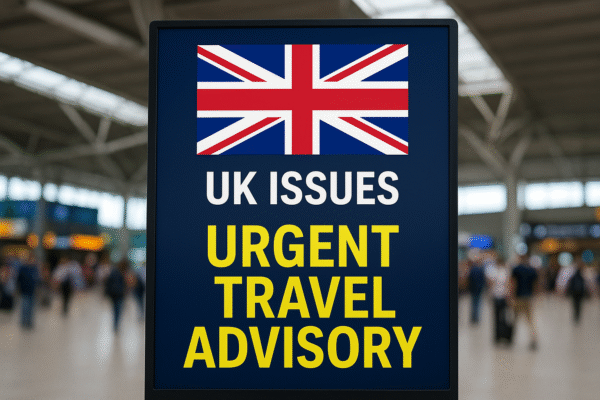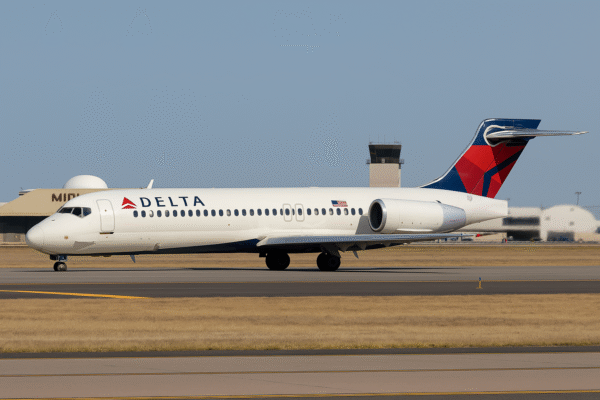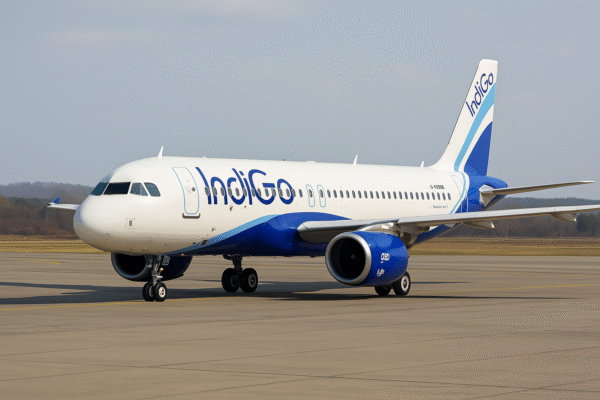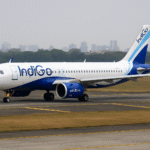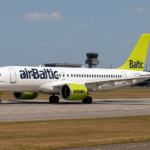IndiGo has officially emerged as India’s largest international airline by the number of destinations served, surpassing Air India with an impressive network of 43 international cities. The airline now connects passengers to hubs such as Dubai, Bangkok, Singapore, Muscat, Kathmandu, and Delhi, with more additions planned for the coming years.
This achievement reflects IndiGo’s ambitious global expansion strategy and signals a turning point for India’s aviation industry. Once known primarily as a low-cost domestic carrier, IndiGo is now establishing itself as a formidable competitor in international aviation.
Overtaking Air India: A Historic Shift
For decades, Air India was regarded as the face of India’s international aviation. However, a combination of flight cancellations and operational setbacks allowed IndiGo to move ahead in destination count. While the Air India Group, including Air India Express, still collectively serves over 50 international destinations, IndiGo’s ability to outpace the flagship carrier marks a historic industry shift.
Despite this success, Indian airlines still lag far behind global giants like Emirates and Turkish Airlines, each with networks spanning more than 200 cities worldwide. Yet, IndiGo’s growth trajectory suggests it is determined to close the gap by steadily increasing its global footprint.
Strategic Expansion into Global Markets
IndiGo’s international journey began in 2011, with its first flight from Delhi to Dubai. Within months, the carrier added key Asian destinations like Bangkok, Singapore, Muscat, and Kathmandu. By 2019, IndiGo took its first step into Europe with flights to Istanbul, opening the door to long-haul markets.
The airline has since expanded into Central Asia and Africa, connecting Indian travelers to cities such as Nairobi, Almaty, Tashkent, Baku, and Tbilisi. More recently, in June 2025, IndiGo launched flights to Manchester and Amsterdam, further strengthening its European presence. These destinations not only cater to tourists but also to business travelers and the Indian diaspora abroad.
Upcoming routes include London, Copenhagen, and Siem Reap, reflecting IndiGo’s intention to build a balanced network of leisure and business destinations.
Ambitious Growth Targets
At present, international flights account for about 30% of IndiGo’s capacity, but the airline has set a clear target to increase this share to 40% by 2030. This marks a deliberate pivot toward global expansion while retaining its low-cost model that has been successful domestically.
To achieve this, IndiGo is focusing on underserved and emerging markets while simultaneously adding capacity to established hubs. The strategy aims to attract cost-conscious travelers seeking reliable connectivity, as well as premium passengers through longer routes with upgraded fleet options.
Fleet Expansion for Long-Haul Travel
IndiGo’s rapid international expansion is supported by major fleet upgrades. The airline has ordered Airbus A321XLR aircraft, designed for longer routes with enhanced fuel efficiency. It has also partnered with Norse Atlantic for Boeing 787 operations, enabling flights to destinations further afield, including North America.
Starting in 2027, IndiGo will begin receiving Airbus A350 widebody aircraft, signaling its intent to compete on ultra-long-haul routes. These planes will allow the carrier to tap into markets that require greater range and passenger capacity, reinforcing its commitment to long-term international growth.
Competitive Pricing and Market Positioning
One of IndiGo’s strongest advantages is its ability to maintain competitive pricing while expanding internationally. By offering affordable tickets to popular destinations, the airline appeals to both leisure travelers and business passengers.
This strategy differentiates IndiGo from full-service competitors and has enabled it to capture a significant share of outbound Indian travelers. With global airfares often fluctuating, IndiGo’s low-cost model positions it as an attractive option for millions of passengers seeking affordability without compromising connectivity.
Global Tourism Impact
IndiGo’s expansion is not just reshaping India’s aviation landscape but also boosting global tourism and connectivity. By linking Indian cities with new international hubs, the airline is facilitating easier travel for foreign visitors to India while giving Indian travelers better access to global destinations.
Tourism boards in cities such as Istanbul, Nairobi, and Amsterdam have already benefited from new flows of Indian visitors, demonstrating how aviation growth directly contributes to international tourism development.
Challenges on the Horizon
While IndiGo’s progress is remarkable, challenges remain. Competing against established global carriers with massive fleets and resources will test IndiGo’s ability to scale efficiently. Rising fuel costs, regulatory changes, and the complexities of managing long-haul operations are potential hurdles.
Nevertheless, IndiGo’s fleet modernization, network strategy, and cost leadership give it a strong foundation to withstand competition and continue its upward trajectory.
A New Era for Indian Aviation
IndiGo’s rise to become India’s largest international airline by destination count highlights the dynamic evolution of the country’s aviation sector. It represents not only the success of a single airline but also the growing importance of India as a global aviation hub.
As passenger demand soars and airlines modernize fleets, India’s role in shaping international travel is only set to grow. For IndiGo, the focus is now on building a sustainable global presence, ensuring that Indian aviation competes confidently on the world stage.
Conclusion
With 43 international destinations and more on the horizon, IndiGo has proven itself as a leader in Indian aviation. From its humble beginnings as a domestic low-cost carrier to becoming the nation’s largest international airline, IndiGo’s story is one of bold ambition, strategic planning, and relentless growth.
As the airline continues to expand its global reach with new routes and modern aircraft, it is set to play a central role in redefining how Indian travelers connect with the world. For passengers, this means more choices, better connectivity, and an airline that is shaping the future of India’s aviation industry and global airline expansion.
For more travel news like this, keep reading Global Travel Wire



